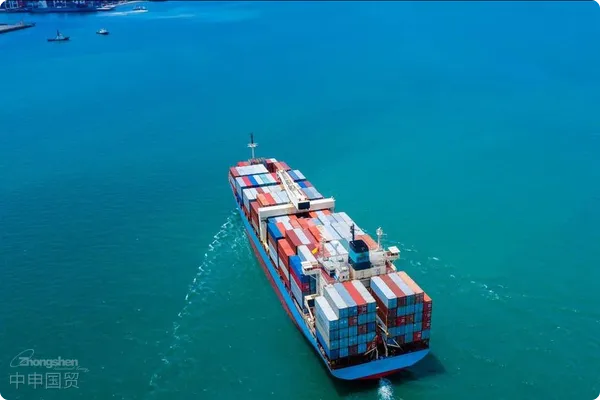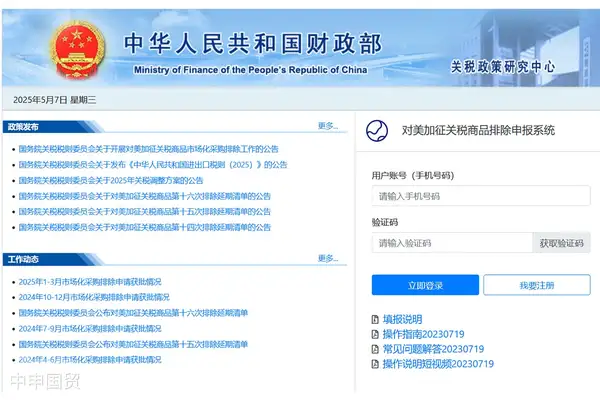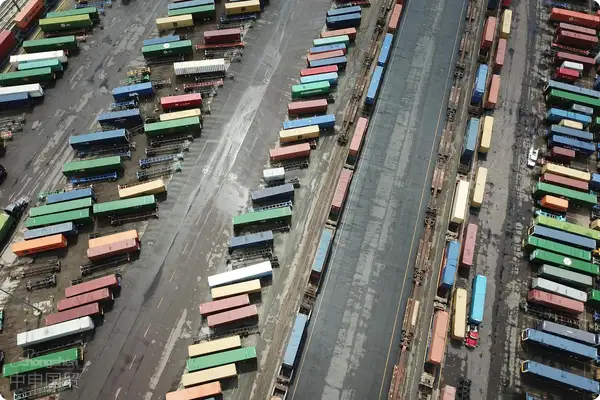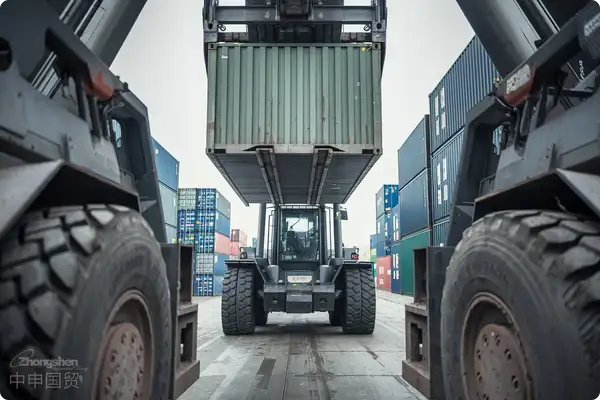- Shanghai Zhongshen International Trade Co., Ltd. - Two decades of trade agency expertise.
- Service Hotline: 139 1787 2118

Japanequipment. For example, Indonesia has the SNI certification, Thailand has the TISI certification, and the Philippines has the BPS certification. It is necessary to confirm in advance the equipment voltage (such as 380V/50Hz in Thailand), the compatibility of the CE certification, and the proof of environmentally friendly materials.New market opportunities and challenges
Japans industrial equipment exports to China are projected to exceed $12 billion in 2025, with semiconductor manufacturing equipment, CNC machine tools,Medical Equipmentthese three product categories accounting for 67%. As the China-Japan tariff reduction agreement enters its 8th year of implementation, import enterprises faceHS code dynamic adjustments,refined rules of origin,Upgrading of technical trade barriersthree-fold customs clearance challenges.
Seven key control points in typical customs clearance procedures
Standard operating procedures for professional agency services include:
- Equipment parameter pre-review phase
- Verify compatibility between JISC certification and GB standards
- Confirm energy efficiency labeling requirements for electromechanical products
- Declaration document preparation phase
- Professional translation of Japanese technical documents
- Matching original manufacturer invoices with third-party evaluation reports
- Customs Clearance Implementation Stage
- Dynamic compliance verification of declaration elements
- Flexible application of tariff guarantee insurance
Analysis of three major high-frequency declaration issues in 2025
According to the latest statistics from the General Administration of Customs, the top three declaration error rates for Japanese equipment imports are:
- Classification disputes (38.7%): Separate declaration of industrial robot bodies and control systems
- Price challenge (25.4%): Software royalty fees not included in dutiable value
- Document deficiency (18.9%): Special packaging declaration not attached
The value realization path of professional agency services
Comparing economic benefits between self-declaration and professional agency
- Time cost comparison
- Average customs clearance time for self-filing enterprises: 23 working days
- Professional agency clearance timeframe: 8-12 working days
- Compliance risk comparison
- Declaration error rate reduced by 72%
- Late declaration fee occurrence decreased by 89%
2025 customs clearance strategy optimization recommendations
Based on AEO-certified enterprises clearance practices, proposing three innovative solutions:
- Customs duty guarantee portfolio: Summary taxation + customs duty guarantee insurance
- Pre-classification ruling application: Lock HS codes 180 days in advance
- Intelligent declaration system: Automatically verifies 160 declaration elements
Selecting service teams with Japan Customs Specialist qualification certification can effectively avoid the new requirements in Customs Announcement No. 39 of 2025Technical review for used equipment importrequirements. Professional agencies establish equipment parameter databases to achieve precise matching between clearance solutions and production plans, helping enterprises control average clearance costs within 2.8% of cargo value.
Related Recommendations
? 2025. All Rights Reserved. Shanghai ICP No. 2023007705-2  PSB Record: Shanghai No.31011502009912
PSB Record: Shanghai No.31011502009912










